20 movie posters that are a ray of hope in the age of blockbuster floating heads
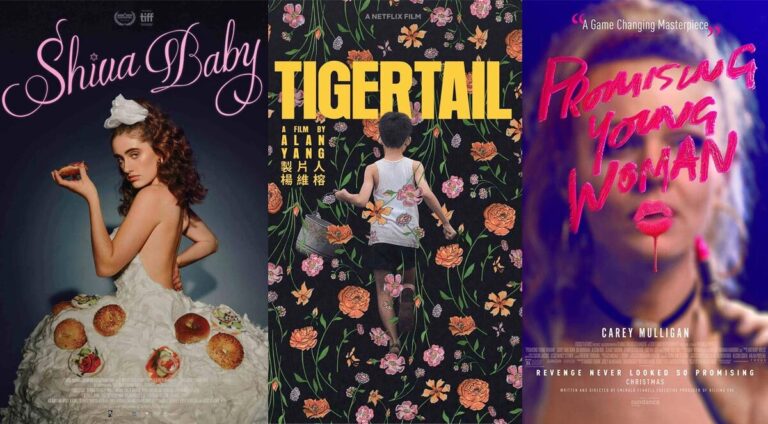
We’ve all seen the floating heads that seem to have saturated every corner of cinema—with many believing it’s the end of the art of movie posters. And honestly, as a film nerd, it is worrying. However, I have trailed through my watch list to find you movies from the past few years that prove not all hope is lost. Here are 20 movies with great posters to freshen up your timeline.
1. Spencer (2021)
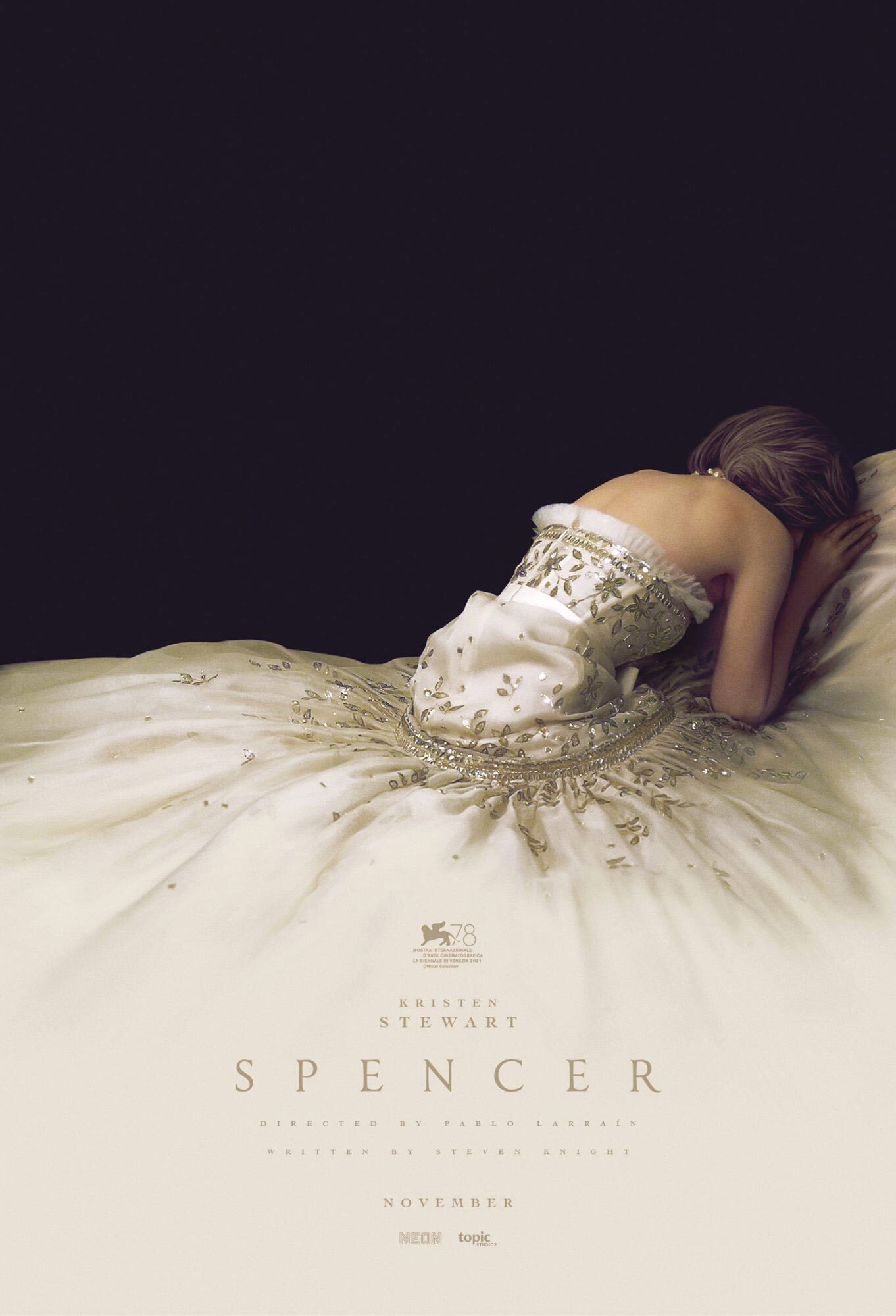
The 2021 biopic Spencer, starring Kristen Stewart and directed by Pablo Larraín, displays a tragically-beautiful signature poster. The movie, which follows the life of Princess Diana of Wales, perfectly captures the heartbreaking nature of her story while maintaining a simple yet intricate symbolic image. The character’s bent over and crying pose, with her back to the viewer, in an ornate gown tells us all we need to know about the impending tale.
2. Athlete A (2020)

Even though it’s a documentary, Athlete A, in my opinion, showcased one of the best posters of 2020. Directed by Bonni Cohen and Jon Shenk, the Netflix original follows the case of ‘Athlete A’, the USA gymnast that first exposed the sexual crimes of Larry Nassar (the gymnastics’ former resident doctor). The mat on which the character stands is portrayed as a cracking American flag on the movie poster. It beautifully demonstrates the documentary’s investigations into the crumbling and corrupt nature of the US sports institutions that failed to protect more than 140 victims from Nassar.
3. Mank (2020)
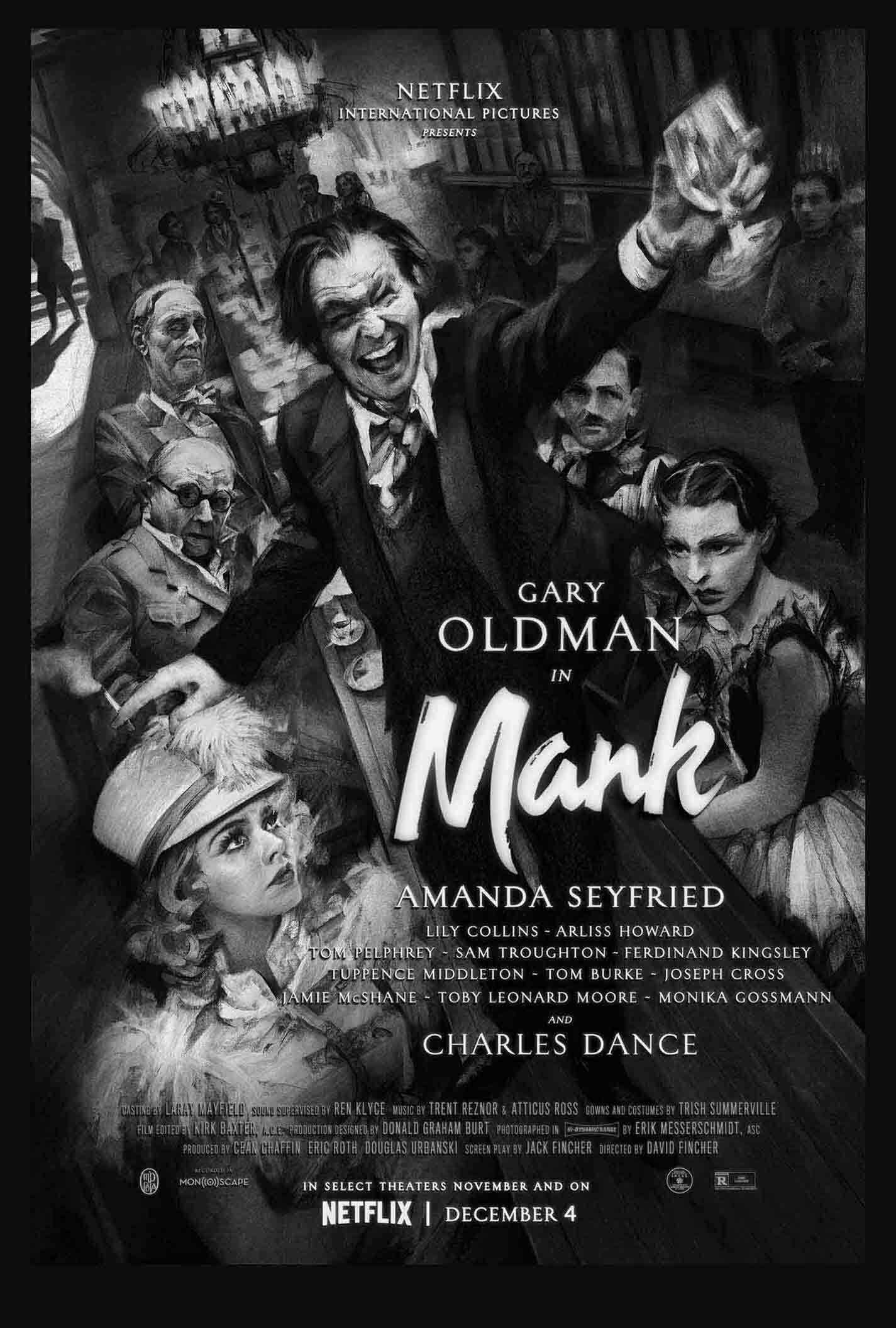
Mank, a black-and-white biographical movie directed by David Fincher, surrounding the infamous screenwriter Herman J. Mankiewicz does debut what some may call ‘the floating head syndrome’ but hear me out. It’s different. The illustrated, almost comic book quality of the figures is able to showcase all its talents while giving it a classic cinema feel.
4. Birds of Prey (2020)
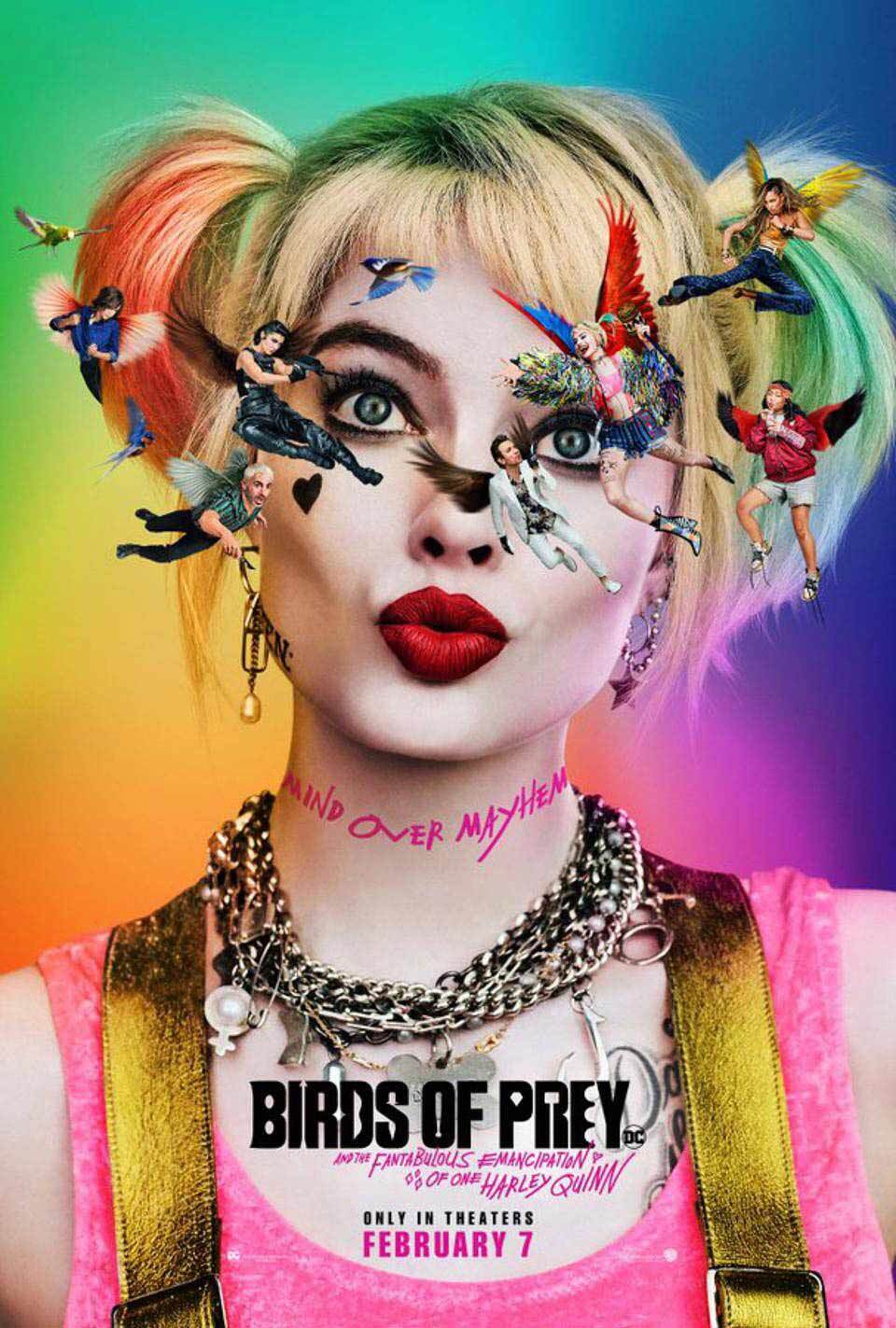
It may be a surprise that there is a superhero/villain movie on the list but Birds of Prey, directed by Cathy Yan, separates itself from the curse of the Marvel/DC floating head posters and finds a creative alternative. It is, by far, one of the best posters to have come from both universes. The ‘birds’ around Harley Quinn’s head nod to the comical portrayal of being knocked on the head—very Tom and Jerry–style. This tells the audience enough about her psychological standing while cleverly showcasing all the other actors in the movie.
5. Malignant (2021)
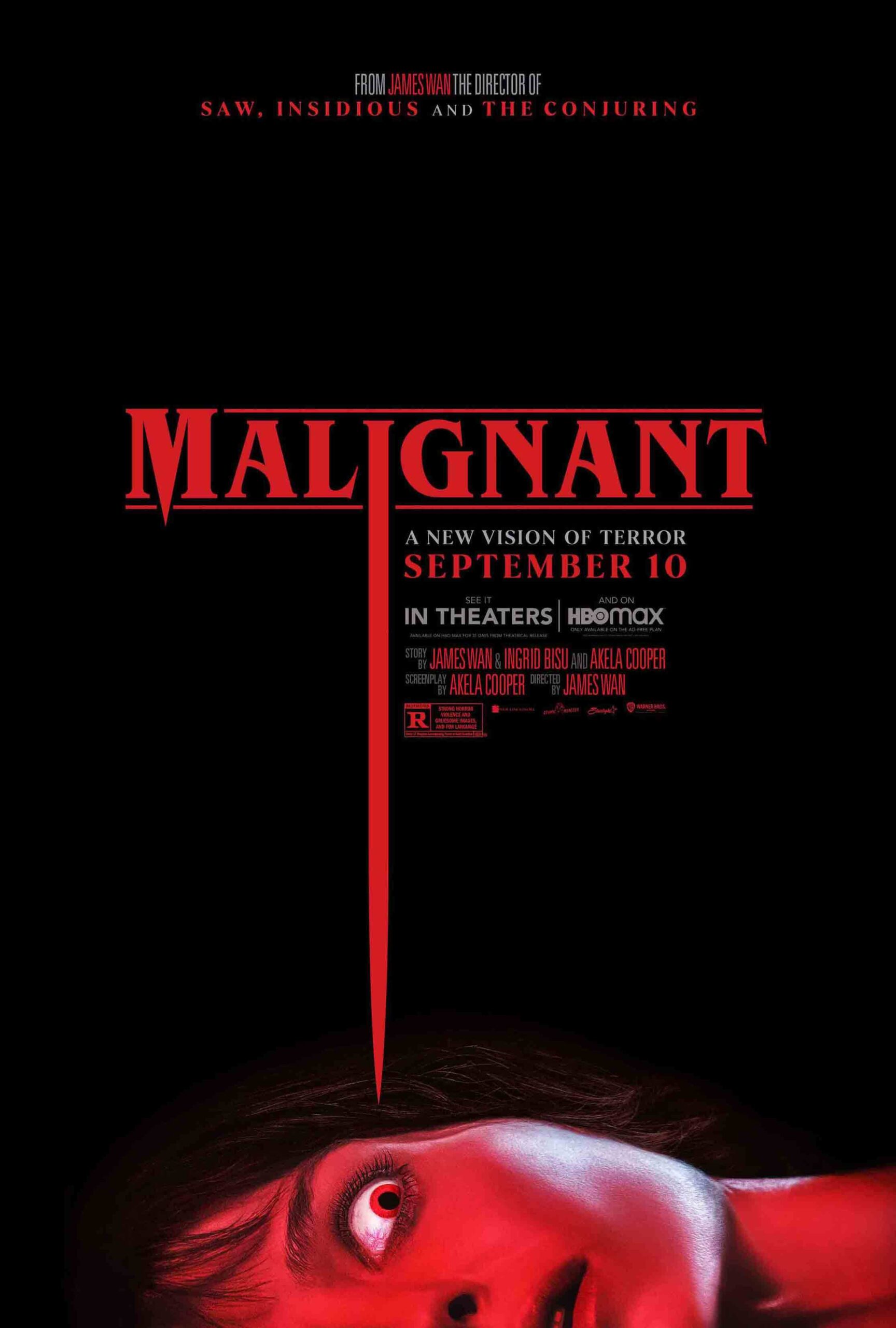
Though horror movies terrify me and it’s not a genre I explore often, the Malignant poster is enough to draw me in. The simplicity of the poster in pitch black, the visceral red and Peaky Blinders star Annabelle Wallis’—who plays the lead in the film—expressive face makes for a brilliant poster. It utilises elements from older horror movie art of the 80s and 90s while maintaining a crisp and modern aesthetic.
6. The Last Duel (2021)
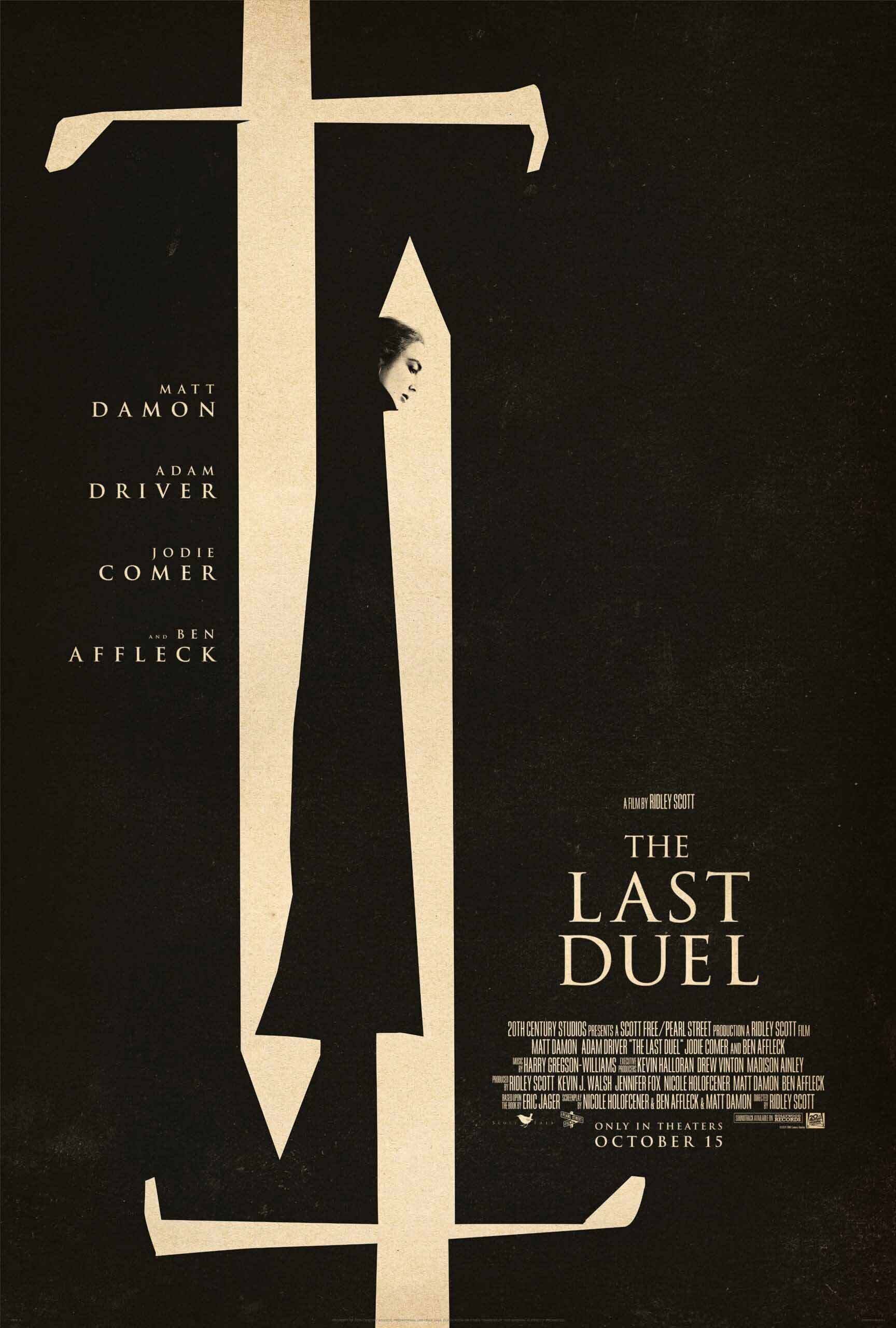
Directed by Ridley Scott, The Last Duel did unfortunately take part in the floating heads crime for some of its posters—with the aim of showing off their star-studded cast, of course—but this poster is by far the best. The simple visuals of the two swords which help form the figure of a woman, perfectly embodies the narrative of the film. No spoilers here, but this poster will make a lot of sense when you watch the movie.. And that’s what a great poster is all about in the end: telling you just enough, but not too much.
7. Tigertail (2020)

Tigertail, directed by Alan Yang, tells the story of a Taiwanese man and his venture to America in the quest for opportunities. The film is powerful and worth the watch. All the posters released for the film are absolutely breathtaking, but for me, the one above spoke the loudest. I always enjoy seeing illustrations or a more obscure, artistic take to a poster as opposed to a still from the movie.
8. Possessor (2020)

Possessor, a horror/sci-fi movie also makes the cut with this poster. Though I have to admit I haven’t seen the film just yet, the poster makes me want to—and again, this is surprising since I hate horrors. The vibrant yellow and the warping face is incredibly captivating.
9. The Green Knight (2021)
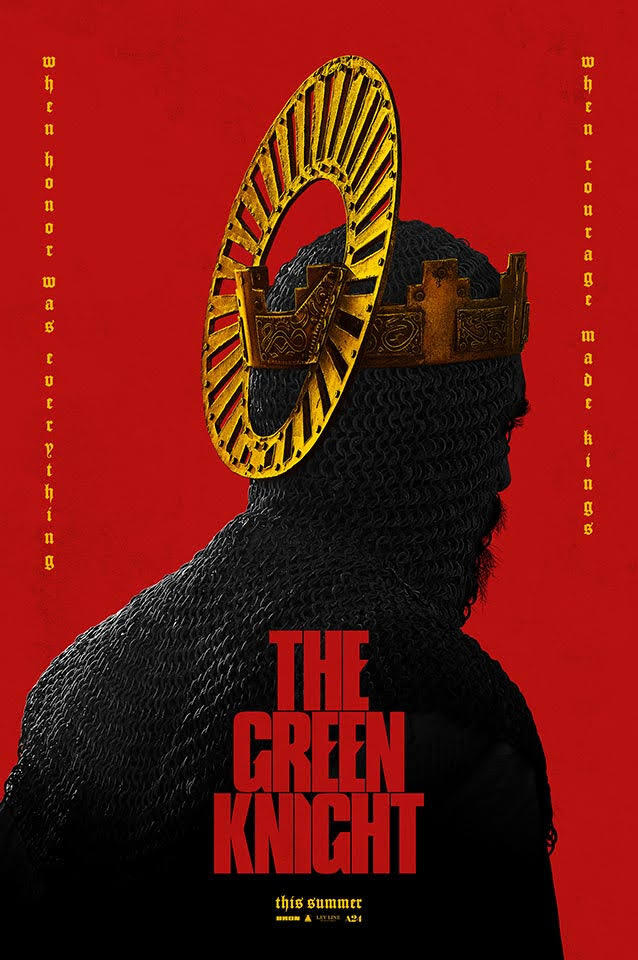
The Green Knight, starring Dev Patel, presented two posters for its promotional material. This one is my pick as the best. Despite knowing the character is played by Patel, like with Spencer, the back turned against the viewer gives off an air of mystery. It makes you want to look deeper and discover who this man is. The gripping red and gold—with the dark shadow of the character displays an opulent yet gritty essence.
10. Shiva Baby (2020)
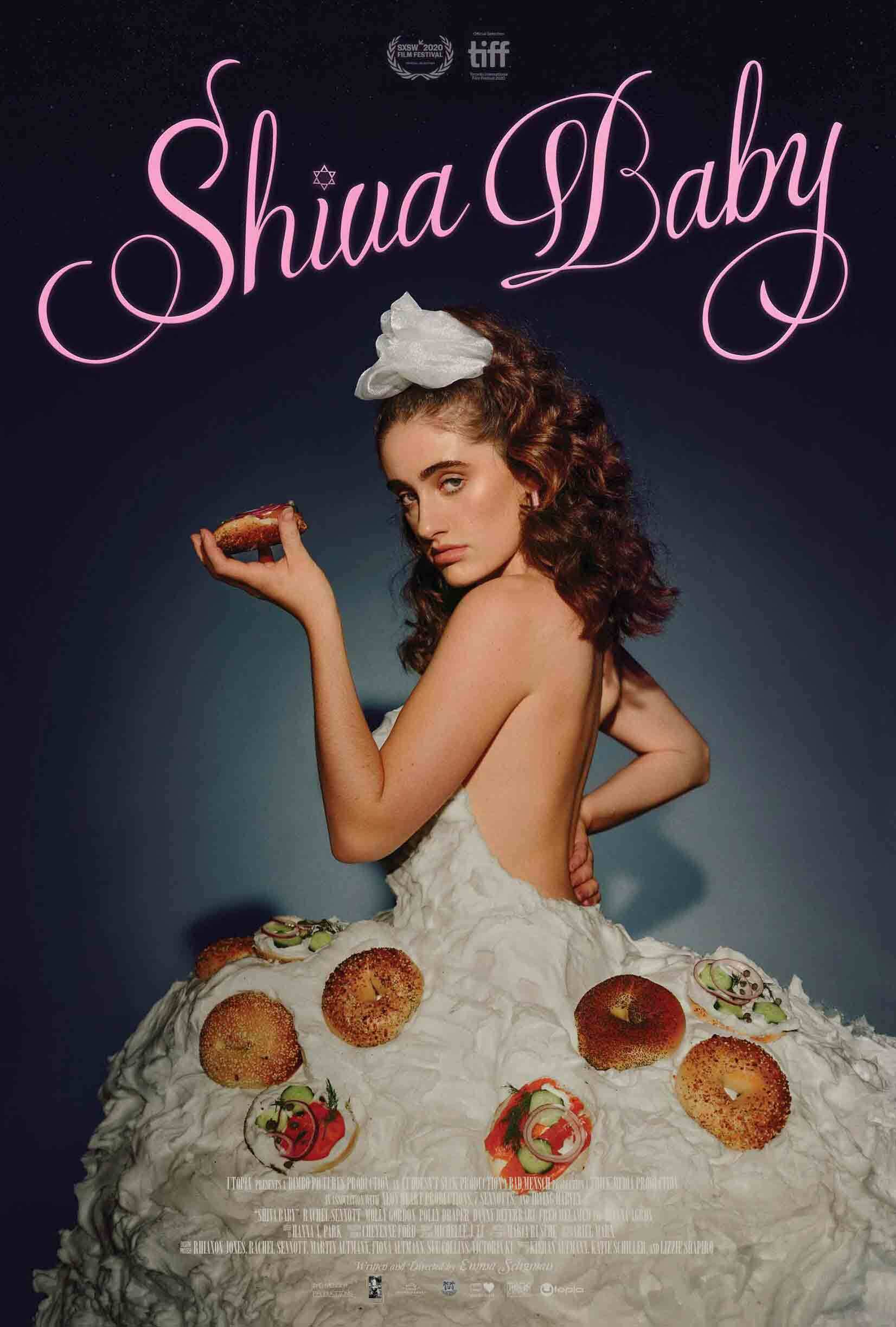
Directed by Emma Seligman, Shiva Baby tells the story of the awkward encounter between a girl and her sugar daddy at a Jewish funeral service: a shiva. The poster portrays a fantastic, quirky image—reminiscent of the 90s and early 00s—and accurately shows you what you’re in store for in this comedy.
11. Nomadland (2020)
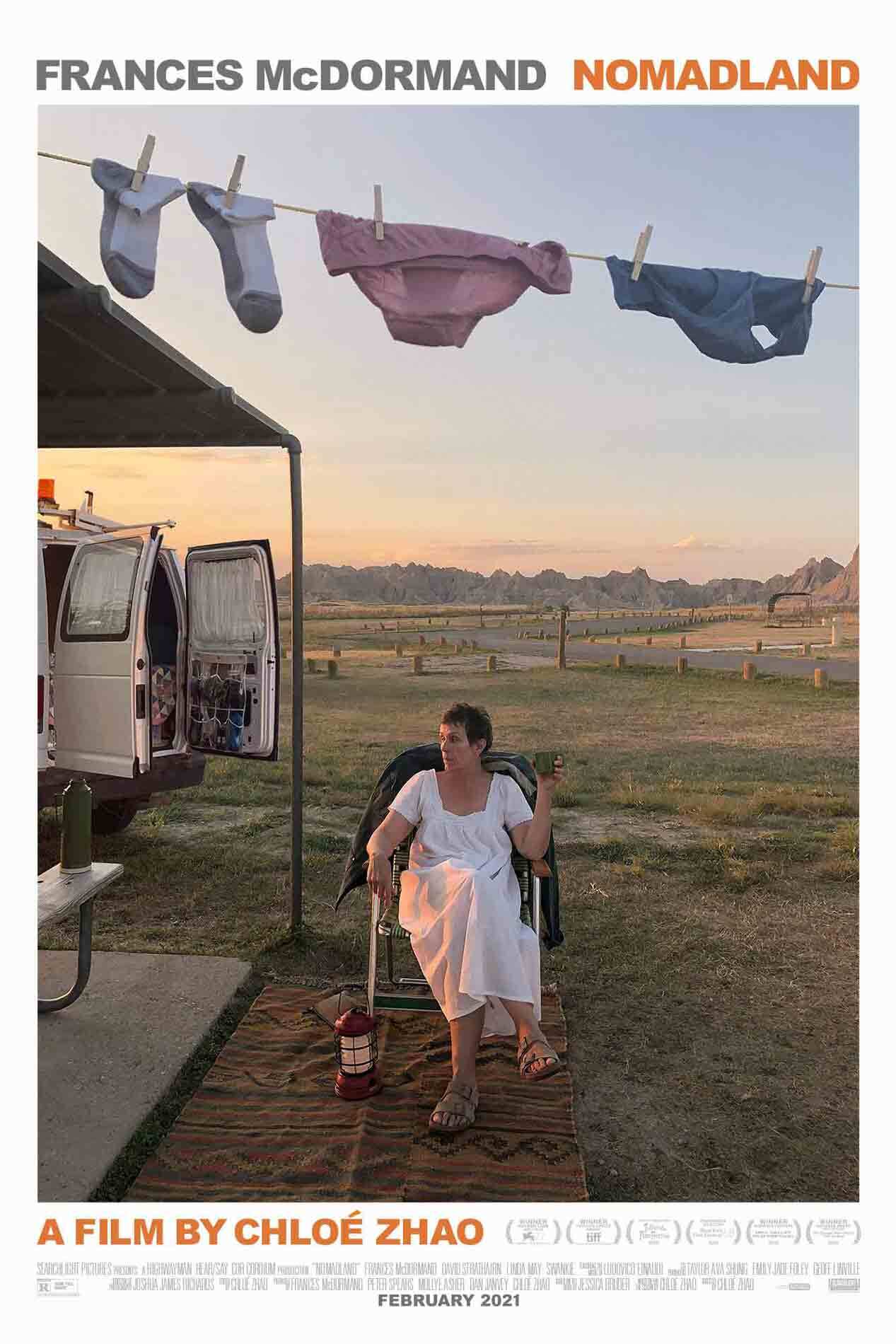
Oscar-winning Nomadland, directed by Chloé Zhao, also makes the cut with this poster. It might not be to everyone’s taste because of what appears to be its ‘mundanity’, but I believe this factor is its greatest strength. Sometimes those floating heads posters make me feel a little claustrophobic, there is no breathing room—it’s just cramming everything in. This, however, does the opposite. It’s open and you can almost sense the breeze blowing her laundry line.
12. Run (2020)
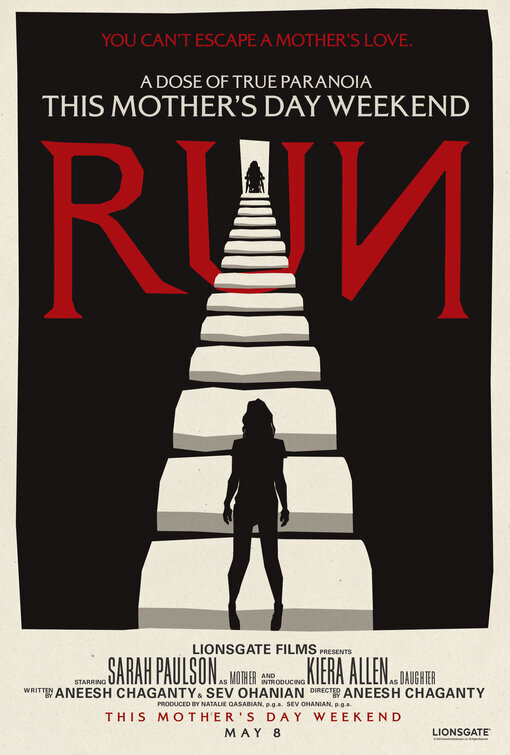
Another horror, starring our horror queen Sarah Paulson, Run has a great poster. Though the movie promotes a different one as its main star, this initial poster is far better. I’m just a sucker for movie posters that draw influence from cinema’s past, it seems.
13. French Exit (2021)

French Exit, directed by Azazel Jacobs, also falls into this category. Similar to Run, it exudes old cinematic vibes—it seems I’m biased to this style. Its composition places us at the front of the car, almost like we are the driver peeping into the back. The term ‘French Exit’ is used to describe the act of leaving a place or engagement without warning—basically it’s when you ‘dip’ the party you’re at without saying goodbye. The image of the mother and son in the car, along with this term, is a great nod to the plot.
14. Promising Young Woman (2020)
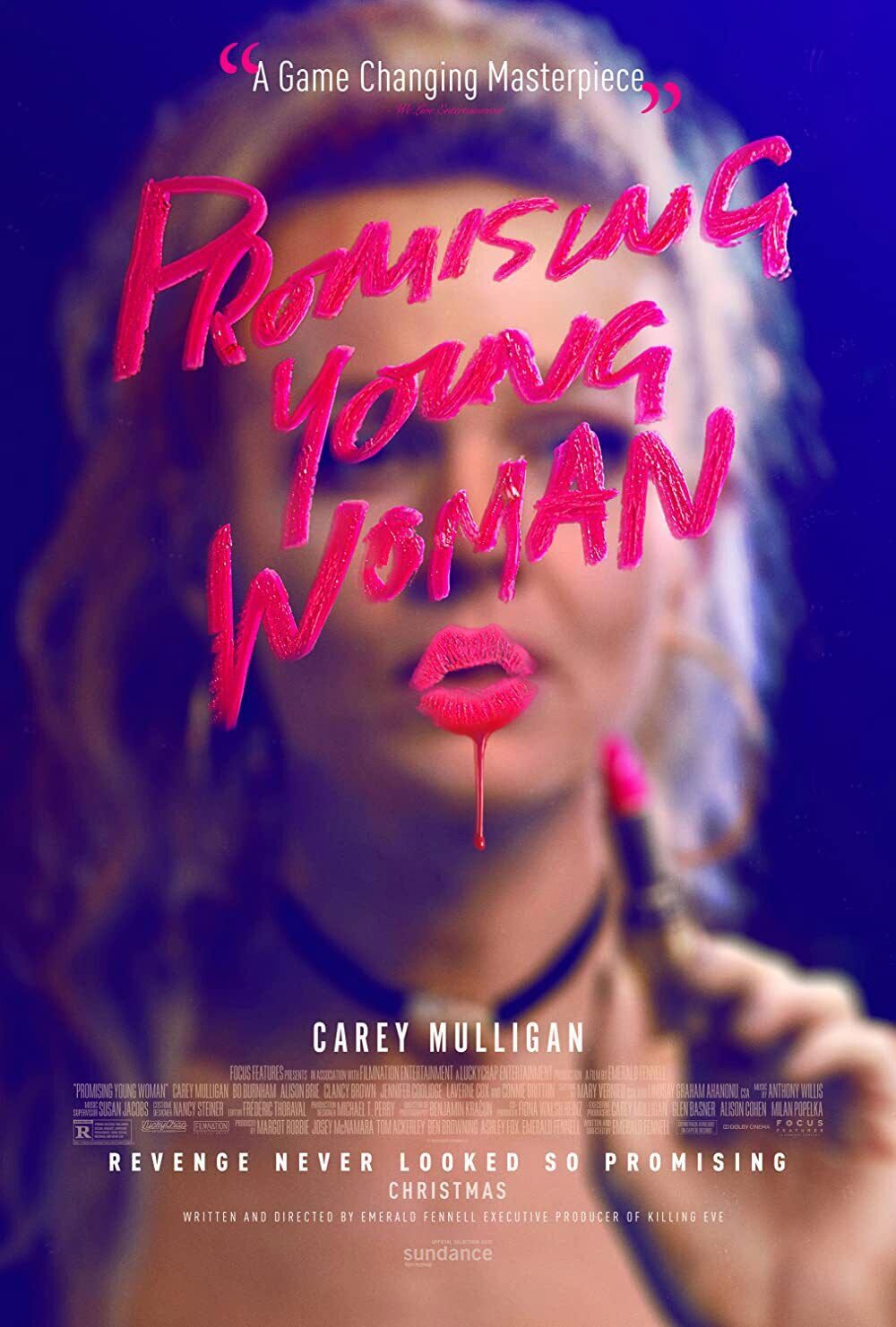
Oscar-winning Promising Young Woman, directed by Emerald Fennell, also presented audiences with a great poster. Evocative of the fantastic ‘chick-flicks’ posters of the early 00s—perhaps deliberately delivered in an ironic fashion—Promising Young Woman showcases a bright yet dark aura.
15. The Trial of the Chicago 7 (2020)
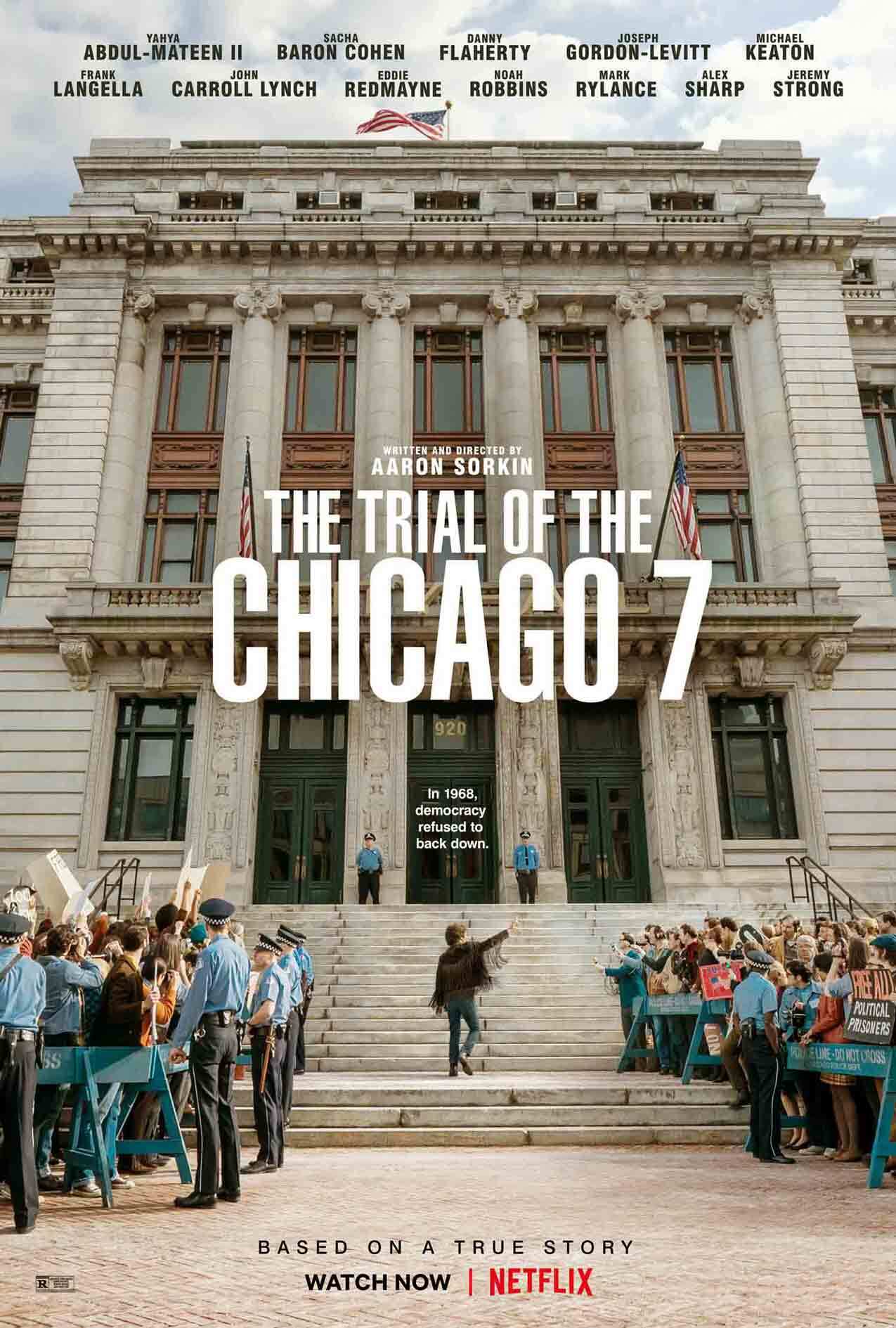
Despite having a huge star-studded cast including Sacha Baron Cohen, Eddie Redmayne and Joseph Gordon-Levitt, The Trial of the Chicago 7 chooses not to litter them across the poster in the infamous floating head triangle; instead, we got this. Though it looks like a simple shot, it actually tells us a lot. The looming courthouse towers over the viewer and emphasises the importance of the impending trial.
16. Da 5 Bloods (2020)

Da 5 Bloods, a Spike Lee joint, also deserves a shoutout for its incredible poster. Perhaps my favourite of the bunch, it truly brings back dazzling artistry to the movie poster craft. In fact, it’s one of many great depictions released to promote the movie with each poster even more artistic than the last. It tells the tale of five black-American veterans who return to Vietnam years later to recover their squad leader’s remains as well as a secret stash of gold. Most ‘war’ movie posters are usually overtly ‘heroic’ and propagandistic in nature—this one, on the other hand, is not. It emulates tragic pain, loss and darkness.
17. The Social Dilemma (2020)
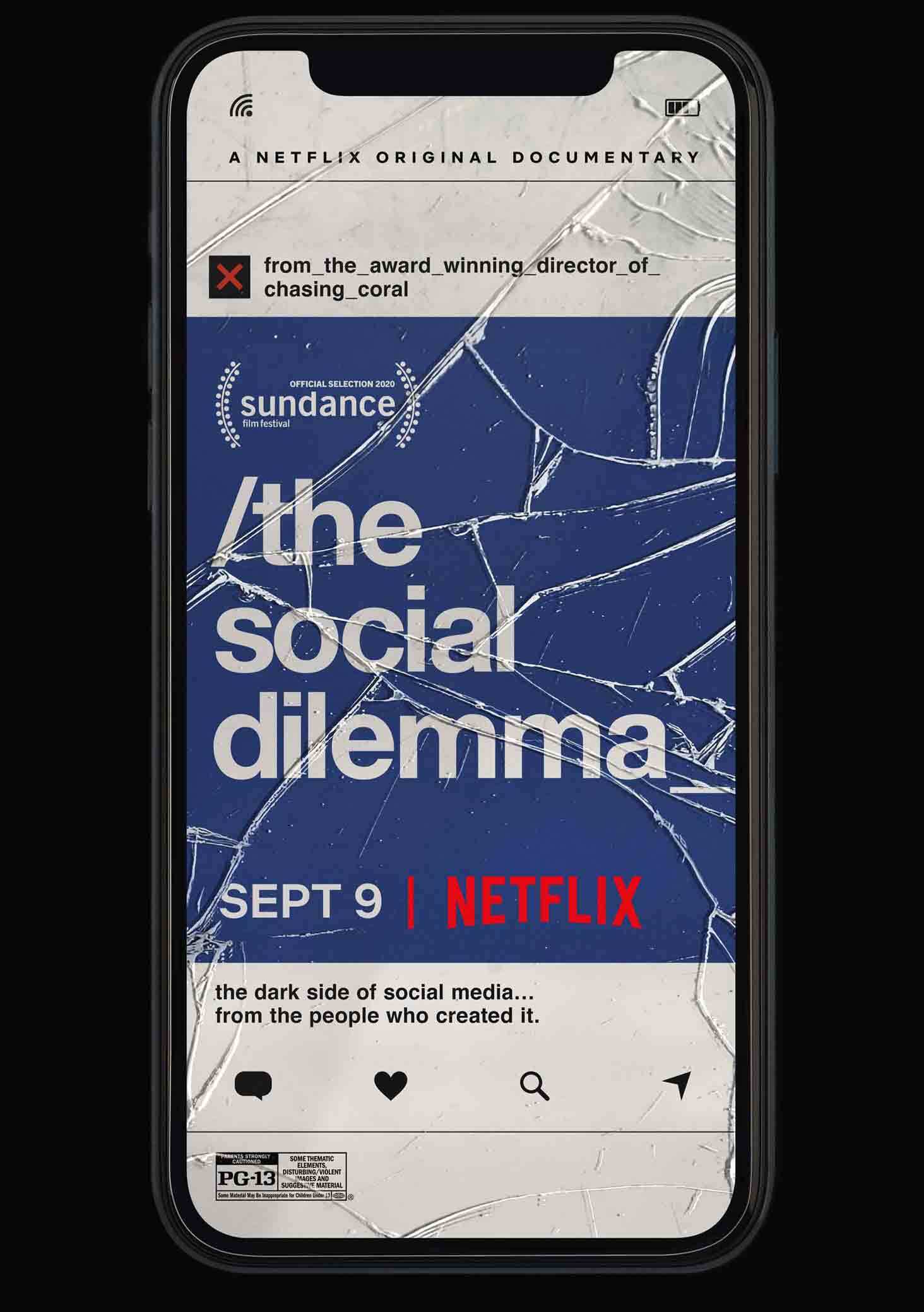
Another Netflix documentary, the social dilemma, makes the cut but what can I say? It’s a good poster. A bit simple or on-the-nose perhaps, but I still think it deserves some praise. Sometimes, the simpler and more obvious, the better.
18. The Mauritanian (2021)

The Mauritanian was a gripping, sensational and truly gut-wrenching film and the poster does it justice. Directed by Kevin Macdonald, the true story follows a Mauritanian man (Mohamedou Ould Slahi) who was held without evidence for the crimes of 9/11. It uncovers the horrors and torture he faced at the hands of the US government and hosts some of the biggest stars like Jodie Foster and Benedict Cumberbatch. However, although rare for Hollywood, the poster chooses to highlight Tahar Rahim (a french actor of Algerian descent) and him alone. Rather than capitalising on the images of uber-famous actors, the poster reminds you of what’s important—Slahi’s story.
19. Eternals (2021)

Wow, you must have thought there was no way a Marvel movie was going to make the cut. I mean, they’re largely to blame for the horrifying floating heads, but Eternals made up a refreshing break for the franchise. Although the movie does have its terrible floating head blockbuster renditions of its posters, this one was a surprising shift away from Marvel’s usual marketing antics.
20. Tick, Tick…Boom!
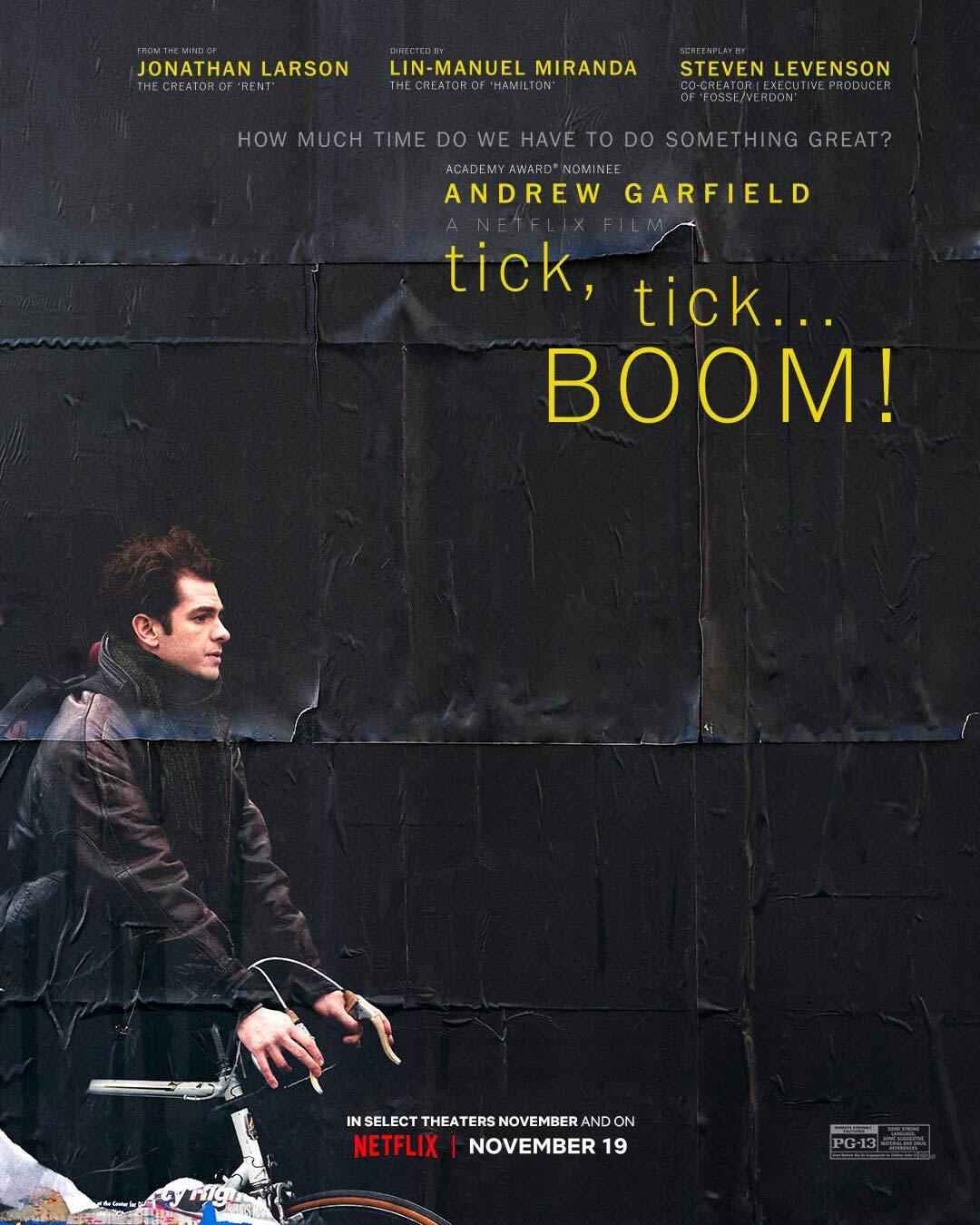
Lin Manuel Miranda’s directorial debut with Tick, Tick…Boom! also made the list. It follows the autobiographical musical of playwright and composer Jonathan Larson. With three additional posters released after its initial launch, this edition towered above the original for me. No, it’s not an image of the poster on a wall—that is the actual poster, and that is why I like it. It gives you the essence of the posters of Broadway along with theatre magazine Playbill’s iconic black and yellow.




